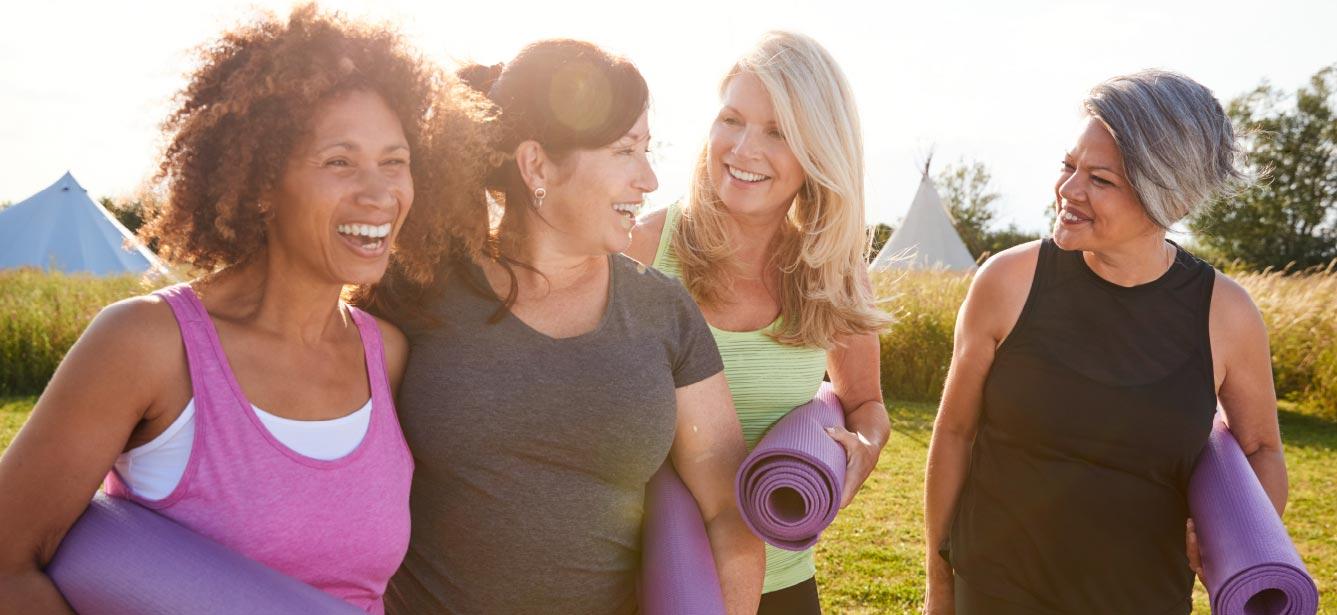
Related Topics
We all look forward to a future with financial security. Yet as inflation and the costs of daily living increase, many older adults face retirement saddled with debt. Three of the most common forms of debt carried by older Americans are medical, credit card, and mortgage debt.
Medical debt
Despite the majority of Americans having health insurance, medical debt continues to rise, and poses a significant barrier to economic well-being.
- In 2020, nearly 4 million adults age 65+ (7%) had unpaid medical bills.1
- The total amount of those unpaid medical bills increased by 20% from 2019-2020.1
- Among all older adults, 9% have medical debt. But more than one in five older adults with incomes under $25,000 have medical debt.2
- Medical debt affects 14% of older adults of color, compared to 10% of white older adults. Men are more likely to have medical debt when older: 10% compared to 7% of older women.2
- Older adults with medical debt are more likely than those without medical debt to skip filling a prescription and forgo medical care (34% vs. 5% and 34% vs. 6%, respectively).2
- Among older adults, 19% of those with medical debt find it very difficult to meet their monthly expenses, compared to 3.2% of those without medical debt.2
- Among adults age 65+, nearly half said that the source of their medical debt was laboratory tests/procedures and/or dental care, while a third cited hospitalization or emergency care.3
Credit card debt
Another common source of debt among older adult households is credit cards. Because credit cards have high interest rates, this form of debt can result in rapidly accumulating balances and pose more serious financial consequences. In 2019, among the nearly half of all U.S. households age 65+ that carried any form of debt other than a mortgage, 85% had credit card debt.4
Mortgage debt
Carrying housing debt into retirement is not always a negative strategy. For homeowners who have benefitted from low interest rates, mortgage debt can be manageable within their budget. But for others, paying down a mortgage may represent a significant strain on their budget when living on a fixed income.
- In 2019, a little more than 1 in 4 older adult households were still paying a mortgage after age 65.4
- A disproportionate number of non-White older households have mortgage debt that exceeds 40% of their income.4
NCOA’s role
The National Council on Aging (NCOA) educates older adults about their options to manage debt, offers tools and resources for better money management, and conducts research into the financial security of older Americans.
NCOA empowers older adults to protect their money and find new ways to tap into existing resources that can help alleviate debt, such as:
- Creating a budget calendar to better understand where their money is going
- Using BenefitsCheckUp.org to identify public and private programs that can help those on a fixed income to save on food, housing, medical costs, and more
- Understanding options for enrolling in a debt management plan or credit counseling program
NCOA conducts ongoing research and data analysis to understand the shifting needs of older adults.
One such effort surveyed aging network professionals on their clients’ debt, and how it impacts these clients’ economic security. The results of this survey, combined with data from several national surveys of consumer finances and debt, are featured in the issue brief, Older Adults & Debt: Trends, Trade-offs, and Tools to Help.
An NCOA survey found that older adults often make trade-offs to save money in the short term that can be harmful to their long-term health and finances. Among aging network professionals surveyed:
- 23% regularly encounter seniors forgoing needed home/car repairs, which increases the risk of accidents and falls--the leading cause of injuries among seniors.
- Nearly 15% regularly encounter seniors cutting pills, which can limit their effectiveness.
- Just under 14% regularly see seniors skip meals, which can lead to nutrient deficiency.
Sources
1. Consumer Financial Protection Bureau. Medical Billing and Collections Among Older Americans. May 30, 2023. Found on the internet at https://www.consumerfinance.gov/data-research/research-reports/issue-spotlight-medical-billing-and-collections-among-older-americans/
2. Consumer Financial Protection Bureau. 2023. Estimates using data from the 2018 FINRA Foundation National Financial Capability Study. Presented at Age + Action Virtual, June 21, 2023.
3. KFF. Health Care Debt in the U.S.: The Broad Consequences of Medical and Dental Bills. June 16, 2022. Found on the internet at https://www.kff.org/report-section/kff-health-care-debt-survey-main-findings/
4. Center for Retirement Research. What Are the Implications of Rising Debt for Older Americans? September 26, 2023. Found on the internet at https://crr.bc.edu/what-are-the-implications-of-rising-debt-for-older-americans-2/



